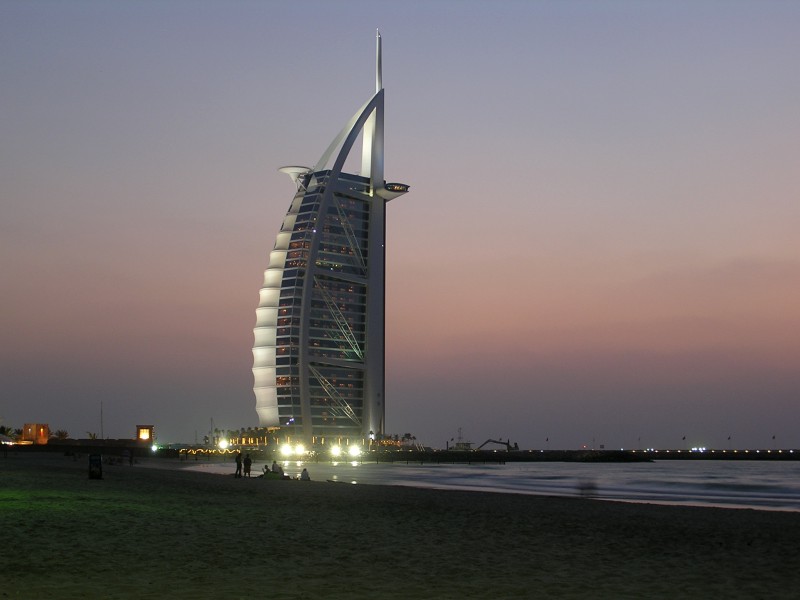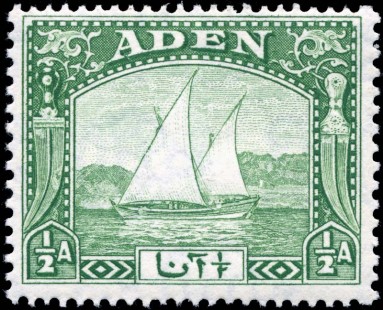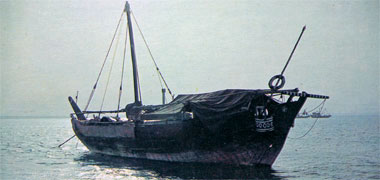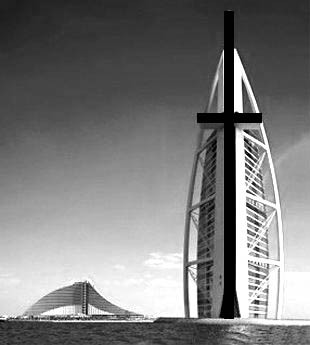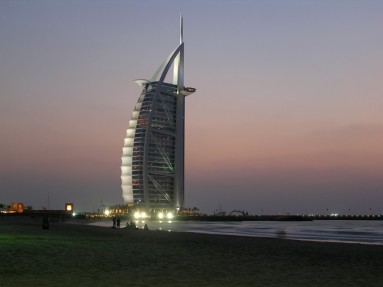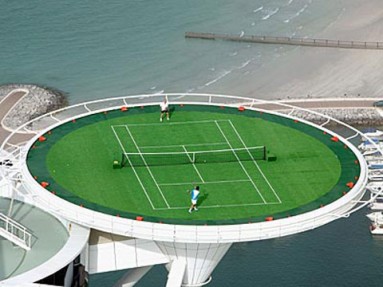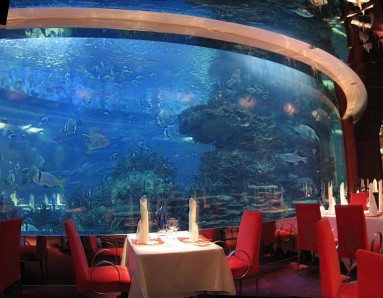'He left behind many brilliant insights on his road to unsuccess. His failure was of a singular and spectacular kind.'—Louis Menand on Charles Sanders Peirce, The Metaphysical Club, 152
'The client wanted a building that would become an iconic or symbolic statement for Dubai; this is very similar to Sydney with its Opera House, London with Big Ben, or Paris with the Eiffel Tower. It needed to be a building that would become synonymous with the name of the country. We had many sleepless nights worrying that the building we’d designed wouldn’t turn out to be iconic.' —Tom Wright, architect, WS Atkins PLC
C. S. Peirce (pron. 'purse') was a nineteenth century American philosopher, logician, mathematician, scientist, and bumptious know-it-all best known as the founder of pragmatism and semiotics. He is notable for his schematic practice of grouping inquiries and inferences in groups of threes, an architectonic model that this little exercise of looking at seminal architecture in the United Arab Emirates considers seriously. I left the spelling 'semeiotic' as Peirce did to distinguish it from later semioticians whose works were less stringently based on mathematics and logic. Peirce, at least, would have approved.
The world's only seven-star hotel opened in Dubai in December 1999. The Burj Al Arab hotel, constructed in the shape of a fluttering spinnaker sail, sits on a synthetic island 280 meters off a private curving dock from Jumeirah Beach Road, near Umm Suqeem. According to the hotel developer's press office—which at the time of research maintained a virtual press arsenal in the U.A.E., the U.K., France, and the U.S.—construction and labor lasted five years, consisting of two years to 'reclaim the land from the sea' and three years to erect the building. The presser also assures inquirers that the gold furnishings and fittings are original 22 carat gold leaf.
Moving beyond this brief, self-provided biography of the structure we could subject the building to a strictly Peircean analysis, i.e. Peirce's semeiotic or theory of signs, in order to concretely consider ('logically induce,' in Peirce's terminology) the signification and cultural meaningfulness of the 'Tower of the Arabs.'
The theory of signs is made up of several triads of analytic categories but the one for which Peirce is most remembered is the triad of icon, index, and symbol. In this typology each sign is classified according to the way it identifies its object.
ICON. A fork in the road is an icon of a rest stop; the Eiffel Tower is considered an icon of Paris. Yet Peirce would have cautioned against confusing the operation of signs with the materiality of the structure itself. If an icon refers to the Object and its resemblance to a sign through what he called a shared Ground, then the Burj Al Arab represents an icon insofar as it refers to a modern naval vessel or ship.
The structure was built to resemble the sail of a dhow, an Arab vessel with lateen sails. Just as English often uses 'ship' or 'boat' to describe a wide range of water vessels, such as yachts, canoes, ferries, dinghies, punts, freighters, etc., a dhow is a traditional Arab craft still in use in the Persian Gulf. The etymology of the term is debated, since it is argued that a dhow is not a traditional Arab, Gulf, or Islamic structure, but most likely originates in both an Indo-Persian and African vocabulary.
However, a claim can be made for the Arab origin of the craft as it was utilized with considerable success in the shallow waters of the Gulf. When the British attempted to take both land and power from the pirates of the Trucial Coast (as it was then termed) in the eighteenth century, their heavy ships were compromised by the outmaneuvering pirate ships, with their lighter lateen sails and shallower draught
To make matters more complicated, a contested claim within the muwatinun, or well-financed U.A.E. nationals, asserts that the structure was built to resemble a Christian cross on the part of the non-Muslim architects. This is one instance in which the act of signification show itself to be marked by the culturally-inflected eye of the beholder, as there are certainly loads of people for whom the building does not resemble a cross.
The idea becomes more problematic when one considers that the Tower of the Arabs is considered Dubai's most important and recognizable landmark. Following this trajectory one might consider the iconic resemblance of the Burj Al Arab—with its Teflon and steel exterior and 22 carat gold interior—to the humble and traditional Arab dhow to be an ironic reference to the superior Arab craft outdoing British (and /German/New Zealander/South African/Canadian) construction and technology.
However, I think Peirce's model is ample enough to retain the topology of historically and culturally relevant markers (e.g. the history of the dhow, British colonization, primacy of the construction industry in Dubai's economy, etc.). This is an instance in which Derrida's conception of the instability of the sign could be useful: the Icon as a relation of signs in which the Object resembles a product of 'Arab' ingenuity gets re-signified in the face of outsourcing the construction of this stellar 'modern' 21st-century form to Western manufacturers.
INDEX. In Peirce's formulation an index does involve a sort of Icon, although it is 'an Icon of a peculiar kind: and it is not the mere resemblance of its Object, even in these respects which makes it a sign, but it is the actual modification of it by the Object'
I can conceive of two ways in which the Burj Al Arab refers to an iconic index:
1. It points to the process of creating the structure on a synthetic, man-made island. The site has not only drastically modified the ecology of its surroundings (recalling that it took years to reclaim land from the ocean basin), but the modification (the 'footprint in the sand') has created an iconic resemblance to a real island, whereby the 'fake' points to the 'real,' possibly as an even better 'version' of the real. As discussed in the section on the iconic reference, the indexical directs on to the overpowering capacity of man toward nature, the possibility and even inevitability of modifying nature to fit human 'needs.' The Object of the index is the man-made process of the structure itself. There is a deep irony in the way that the sign to which the Icon refers, the traditional and distinctly Arab dhow, gets pointed out in a 20th-century boom town in all its overpowering, hyperbolic glory.
2. The Burj Al Arab's non-verbal and verbal enunciators point to an inherent unattainability. The 'real world' factors of unattainability include the exorbitant $2,000-5,000 per night per night in-house cost, but beyond tangible concerns, the powerful face of the looming Tower over the dwarfed surroundings indicate an implied über-hierarchy of physical structures and the power they are meant to invoke.
SYMBOL. In Peirce's 'association of general ideas' one can designate the rule HEIGHT IS POWER as the Burj Al Arab's ultimate symbolic reference. The hotel still characterizes itself as a 'seven-star' property (conceived as an attempt to out-do hotels that designate themselves as 'six-star'), and was exceedingly careful to print all volume measurements in its press releases. Everything about the hotel, as in nearly all contemporary architecture in Dubai, seems obsessed with superlative height. The hotel's 600-feet high atrium is the world's tallest, with an interior cavity jutting up from the lobby (site of the guest's first view on entering) to the upper floors. On the other side of the hotel over the ocean is a hotel restaurant called Al Muntaha (meaning 'the Highest' or 'the Ultimate') resting on a cantilever. For guests who wish to opt out of the budget option of a Rolls Royce airport transfer, the hotel offers a much-touted 'dedicated luxury helicopter service for guests wishing to experience their arrival at Dubai's landmark hotel from new heights'
The aerial spectacle of a highly publicized Agassi-Federer unranked tennis match in 2005 afforded a hyper-elevated high angle of Dubai from one of the tallest structural vantage points on earth.
Not only does the hotel impress its actual upward height, it also exaggerates and even distorts its virtual, simulated downward height was well: the Al Mahara ('oyster') restaurant is commonly perceived to be located underwater, when it is in fact an underwater-themed restaurant located on the ground floor, featuring a huge, water park-sized seawater aquarium. Entry to the restaurant is aboard a 'three-minute simulated submarine experience.' It appears crucial to scale the building's highest highs and with the lowest lows to cement its utter superlativeness.
In his book The Image of the City Kevin Lynch asserts that people orient themselves in cities by recalling and visualizing mnemonic elements:
Mental maps consist of five elements: (1) paths: routes along which people move throughout the city; (2) edges: boundaries and breaks in continuity; (3) districts: areas characterized by common characteristics; (4) nodes: strategic focus points for orientation like squares and junctions; and (5) landmarks: external points of orientation, usually a easily identifyable physical object in the urban landscape.
In Dubai, a car-pocked city, nodes and landmarks collapse, and the Burj Al Arab, a building that becomes both a 'strategic focus point for orientation' and an identifiable object, is a prime architectural example of that.
Peirce's sign triad in connection to Dubai's super-icon shows the voluminous relations that such categories fabricate, and in the context of the architectural, privatized, and superlative Object chosen, the slippery and often ironic significations that Icon, Index, and Symbol present. No sooner than I have submitted this analysis is the city-state's landmark bound to move on, as the hastily begun
